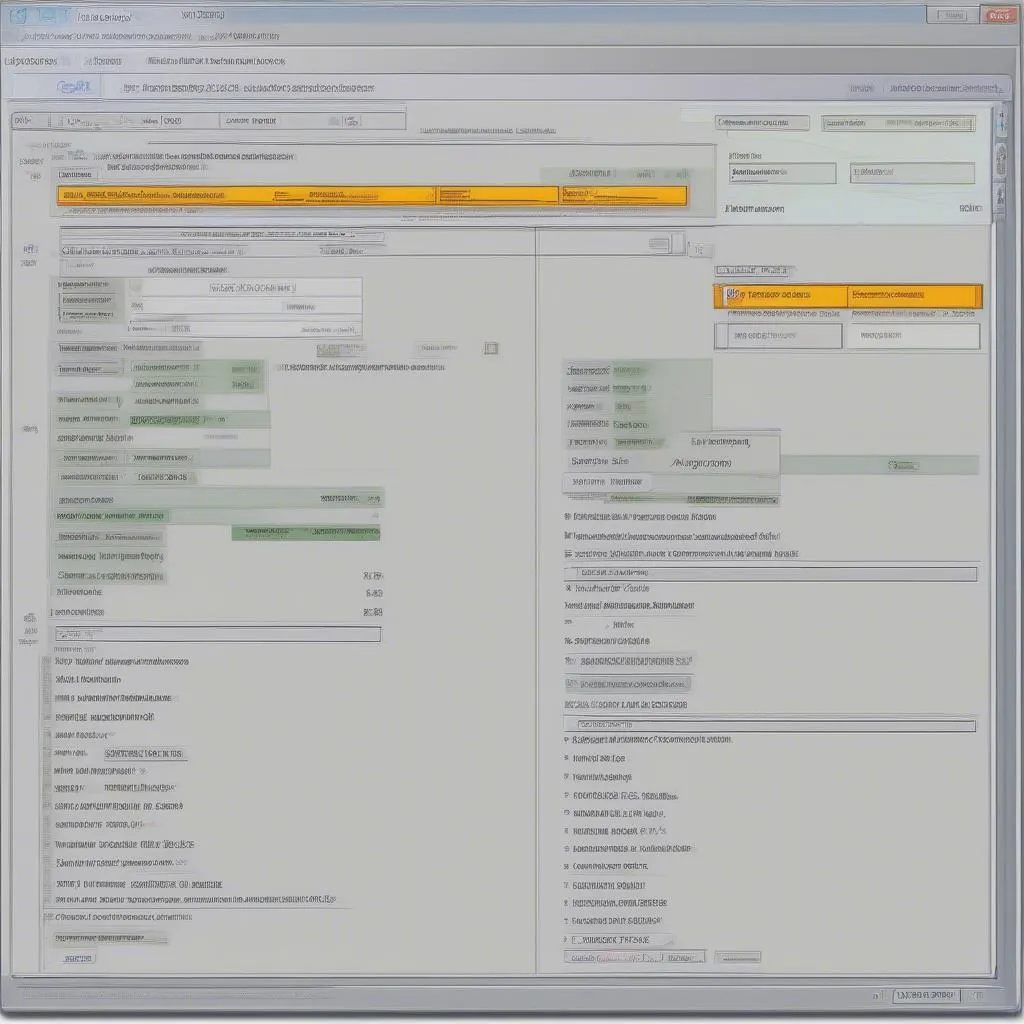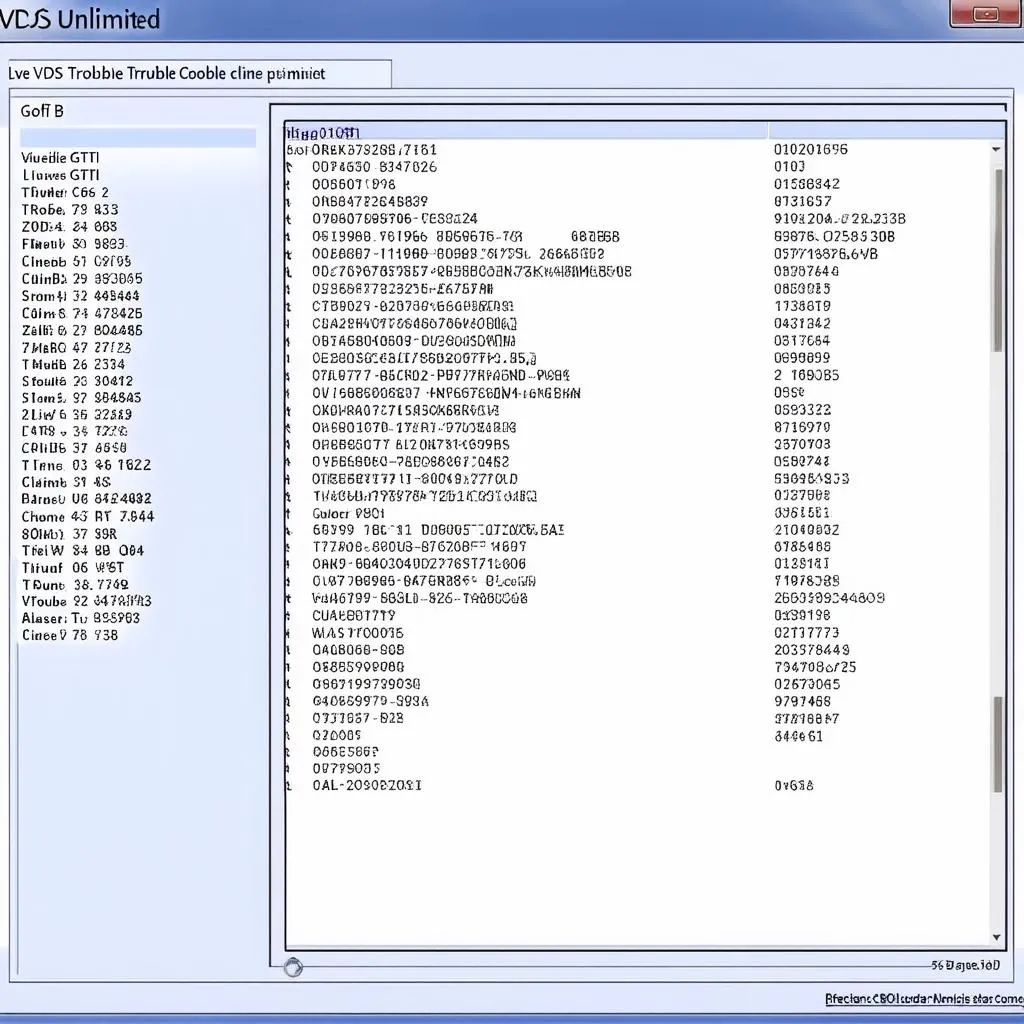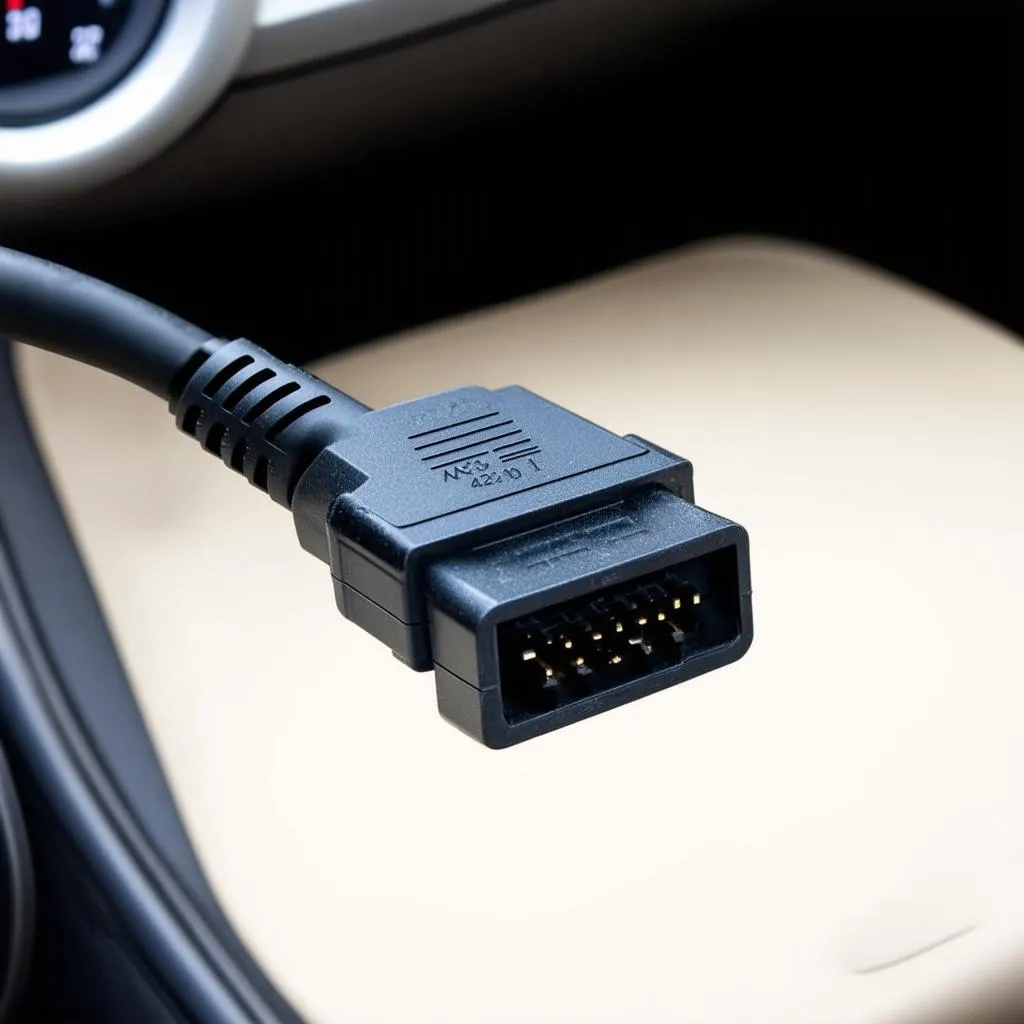VCDS, also known as VAG-COM, is a powerful diagnostic and coding software for Volkswagen Audi Group vehicles. Among its many features, VCDS allows you to access and modify the coding of your car’s Climatronic system, opening a world of customization possibilities. In this guide, we’ll delve into the intricacies of Vcds Climatronic Coding, exploring its potential and providing you with the knowledge to fine-tune your car’s climate control for optimal comfort.
Understanding VCDS Climatronic Coding
Imagine having the ability to adjust hidden features within your car’s climate control system – features that the manufacturer may have left inaccessible through conventional means. VCDS Climatronic coding empowers you to do just that. By accessing the control modules responsible for your Climatronic system, you can modify specific parameters and unlock hidden functionalities.
“Think of it like this,” explains automotive electronics expert Dr. Emily Carter, author of “Automotive Electronics Demystified,” “VCDS acts as a key, granting you access to the control panel of your car’s Climatronic system. With the right knowledge, you can make adjustments that tailor the system to your preferences.”
 VCDS Climatronic Interface
VCDS Climatronic Interface
The Benefits of VCDS Climatronic Coding
Using VCDS to modify your Climatronic coding offers several benefits:
- Customization: Personalize your climate control settings beyond the factory defaults.
- Enhanced Comfort: Fine-tune temperature regulation, fan speeds, and air distribution for maximum comfort.
- Feature Activation: Enable hidden features such as rest heat, battery charge level display, or automatic window closing.
- Troubleshooting: Diagnose and resolve Climatronic related issues that might not be apparent through conventional methods.
How VCDS Climatronic Coding Works
Accessing and modifying your Climatronic coding with VCDS involves a few key steps:
- Interface Connection: Connect a compatible VCDS interface cable between your car’s OBD (On-Board Diagnostics) port and your Windows-based computer.
- Software Launch: Launch the VCDS software and establish communication with your car’s various control modules.
- Module Selection: Navigate to the specific control module that governs your Climatronic system.
- Coding Access: Locate the coding section within the module. This usually involves a series of hexadecimal codes.
- Modification: Carefully modify the specific bytes within the coding string to activate or deactivate features, adjust parameters, or troubleshoot issues.
 VCDS Climatronic Coding Screen
VCDS Climatronic Coding Screen
Important Note: Modifying coding without proper understanding can potentially lead to unintended consequences. Always double-check coding changes before implementing them and consult reputable sources or experienced individuals for guidance.
Common VCDS Climatronic Coding Modifications
The possibilities with VCDS Climatronic coding are vast, varying from model to model. Here are a few common modifications users often perform:
- Adjusting Temperature Sensitivity: Fine-tune how sensitive the system is to temperature changes, ensuring more precise climate control.
- Enabling Rest Heat/Ventilation: Activate functions that allow you to pre-heat or ventilate your car remotely.
- Modifying Fan Speed Stages: Customize the number of fan speed stages available or adjust their intensity levels.
- Changing Air Distribution: Modify how air is distributed within the cabin, prioritizing certain vents or areas.
- Enabling Battery Charge Level Display: Display your car’s battery charge level on the Climatronic display (for electric or hybrid vehicles).
Tips and Precautions
- Backup Your Original Coding: Before making any changes, always back up your original coding. This ensures you can revert to the factory settings if needed.
- Research Thoroughly: Different car models and Climatronic versions have unique coding structures. Research your specific model and coding options before making any changes.
- Consult Reputable Sources: Use trustworthy online forums, communities, or coding databases specifically for your car brand and model.
- Start Small: Begin with simple modifications and gradually explore more advanced options as you gain confidence.
- Seek Professional Help: If you’re unsure about any aspect of VCDS coding, it’s always best to consult an experienced professional or authorized dealer.
Frequently Asked Questions
Can I damage my car by using VCDS for Climatronic coding?
While VCDS coding is generally safe when done correctly, incorrect modifications can potentially lead to unexpected behavior or even fault codes. Always exercise caution, back up your original coding, and consult reputable sources.
Where can I find reliable VCDS coding information for my car model?
Online forums, communities, and coding databases dedicated to your specific car brand and model are excellent resources. Always verify information from multiple sources before implementing any changes.
Is VCDS Climatronic coding legal?
Using VCDS for coding purposes is legal for personal use in many regions. However, modifying your car’s emissions systems or other safety-critical components might not be legal in some areas. Always check local regulations and guidelines.
Conclusion
VCDS Climatronic coding provides a powerful way to personalize and optimize your car’s climate control system. By understanding the basics, following proper procedures, and exercising caution, you can unlock a world of customization possibilities, enhancing both comfort and your overall driving experience.
For more information on VCDS products and their capabilities, you can explore the range of diagnostic tools available at CARDIAGTECH. They offer a variety of options suitable for both professionals and car enthusiasts alike.


